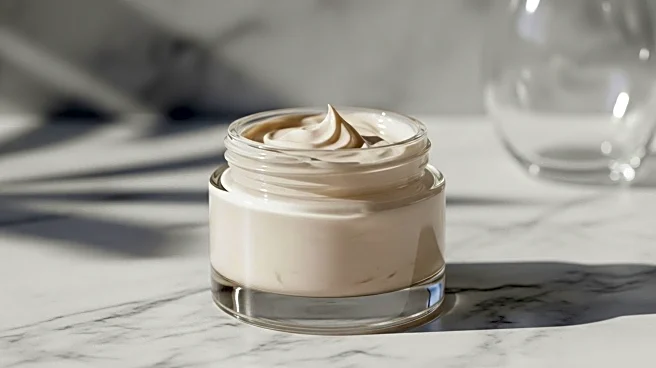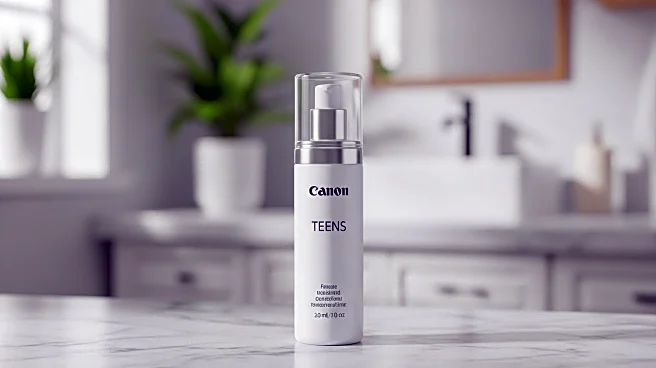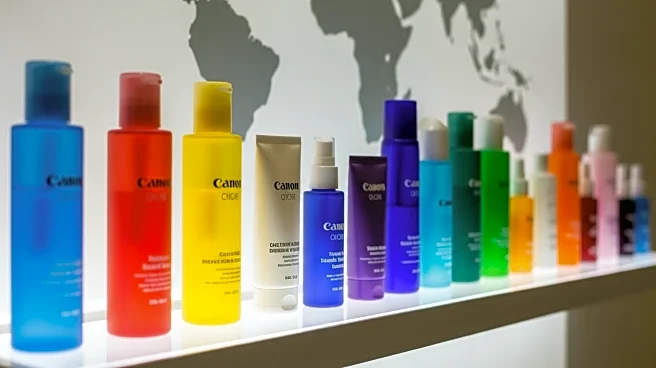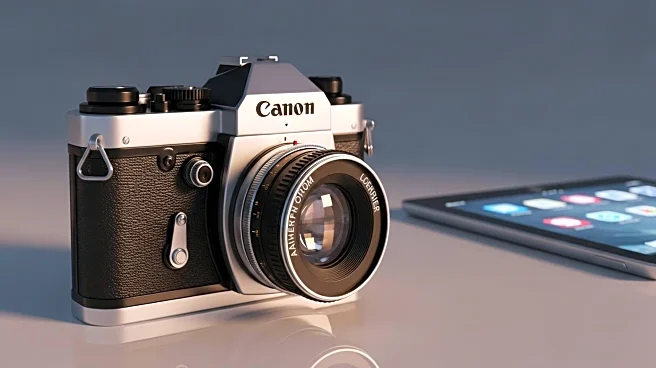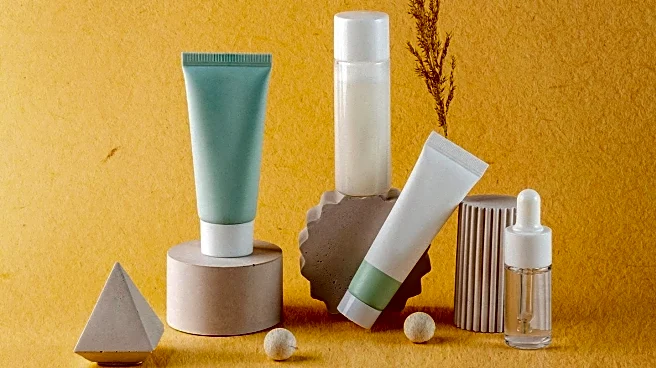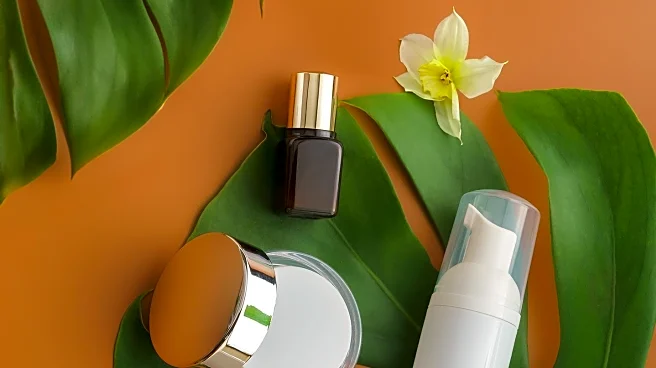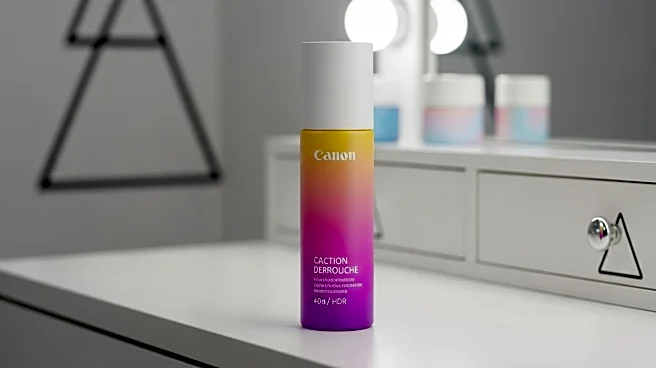What's Happening?
Gen Z beauty brands such as Bubble, Starface, and Byoma have gained popularity by leveraging TikTok-native aesthetics and engaging directly with their audience. These brands have successfully captured the attention of young consumers through playful packaging and innovative marketing strategies. However, as the oldest Gen Z consumers approach their 30s, there is a growing demand for products that offer proven results rather than just appealing visuals. According to Daniela Morosini, Senior Beauty Correspondent at The Business of Beauty, these brands have thrived by moving quickly and co-creating with their audience, but they now face the challenge of maintaining relevance as their consumer base matures. The playful and colorful packaging that initially attracted young consumers may now be perceived as lacking seriousness, prompting these brands to reconsider their strategies.
Why It's Important?
The evolution of Gen Z beauty brands highlights a significant shift in consumer expectations within the beauty industry. As Gen Z consumers mature, they seek products that deliver tangible results, which could impact the market share of established legacy brands like Neutrogena and Clearasil. The ability of Gen Z brands to adapt to these changing preferences will determine their long-term success. Brands that can offer unique, replenishable products at competitive price points are likely to retain their customer base. This shift also underscores the importance of channel strategy and product performance in maintaining brand loyalty, as consumers become more discerning in their purchasing decisions.
What's Next?
Gen Z beauty brands are likely to explore new retail strategies and product offerings to expand their reach and appeal to a broader audience. Some brands, like Byoma, have already moved into more premium retail spaces, using retailers as a marketing engine to enhance their brand image. Others may diversify their product lines beyond their initial hero products to cater to the evolving needs of their consumers. The focus will be on creating products that offer unique results and maintaining a balance between innovative packaging and proven efficacy. As the market continues to evolve, these brands will need to navigate the complexities of aging up while retaining their core identity.
Beyond the Headlines
The challenges faced by Gen Z beauty brands reflect broader trends in consumer behavior and the beauty industry. The emphasis on authenticity and transparency in product formulation and marketing is becoming increasingly important. Brands that can effectively communicate their value proposition and demonstrate the efficacy of their products are likely to gain a competitive edge. Additionally, the rise of digital-native brands highlights the growing influence of social media and online platforms in shaping consumer preferences and driving brand discovery.

